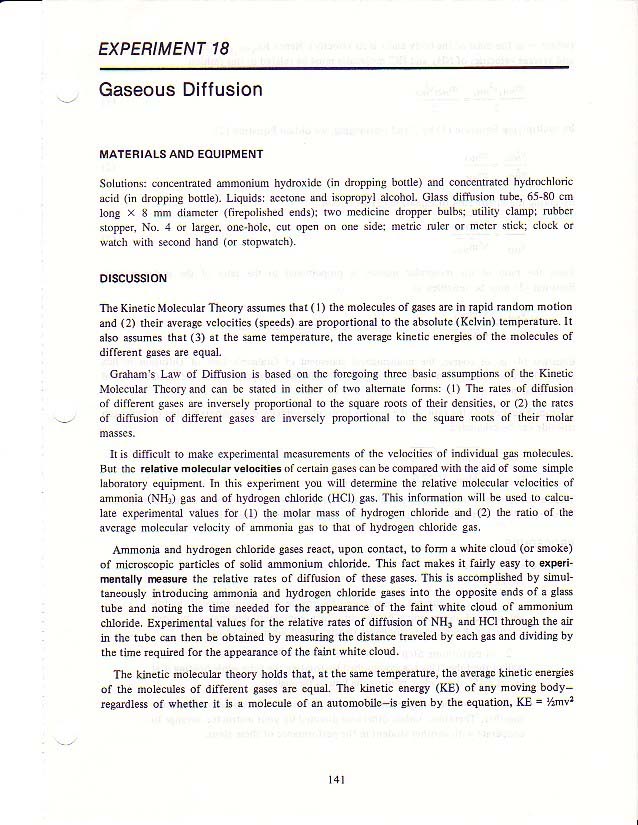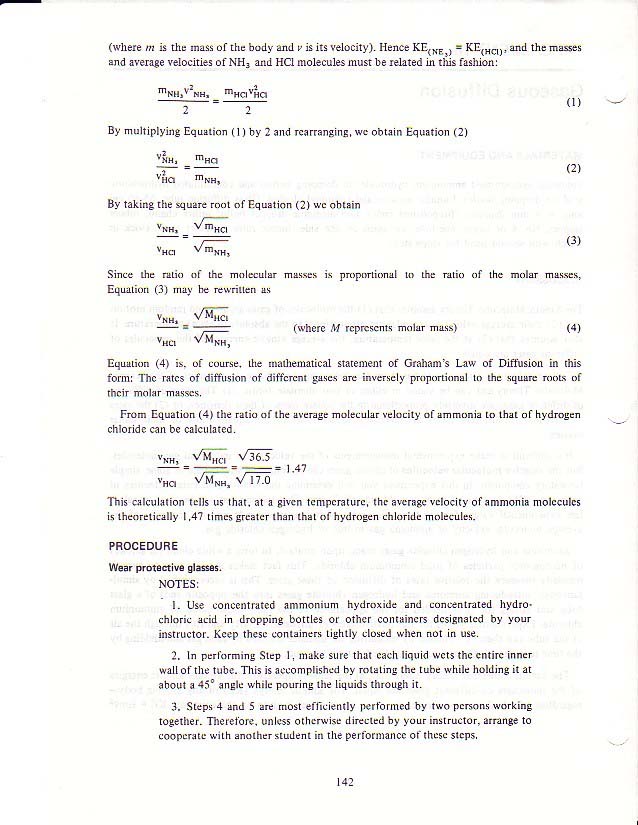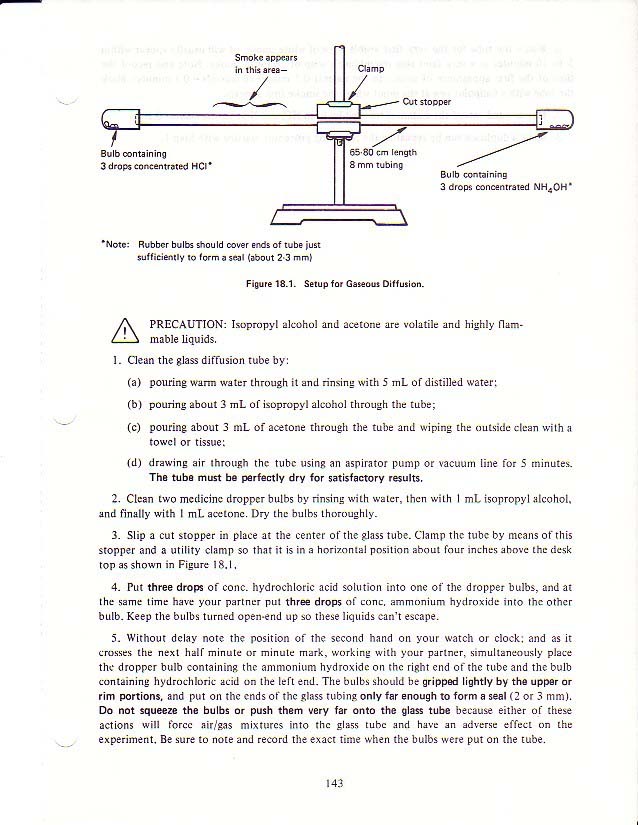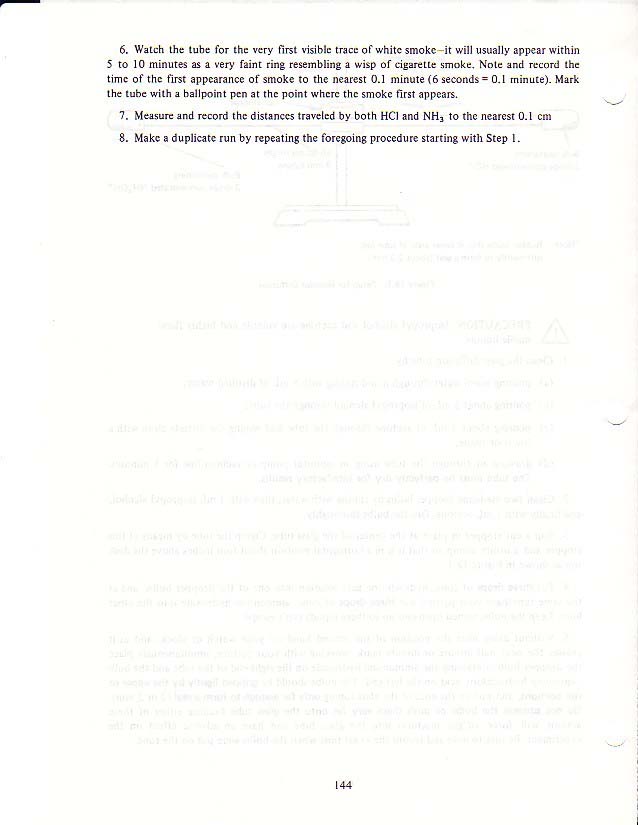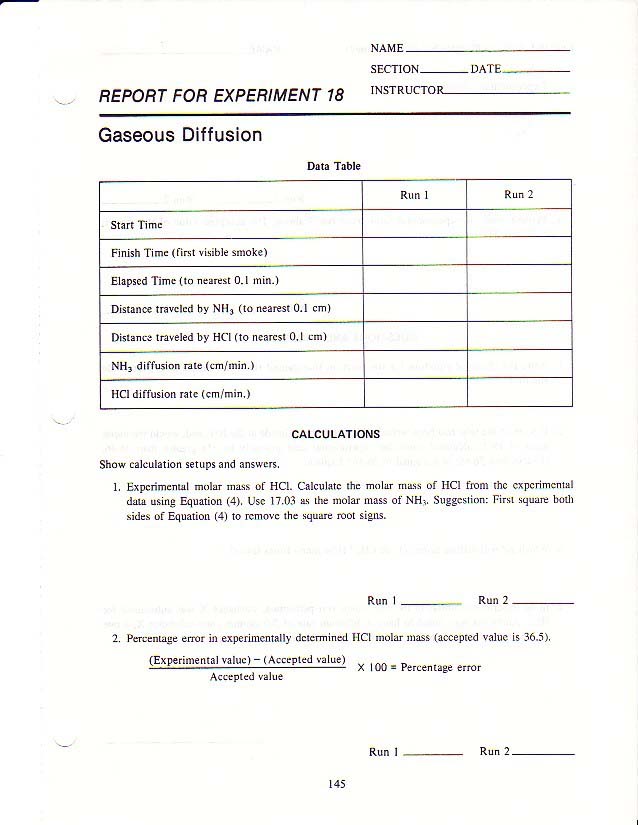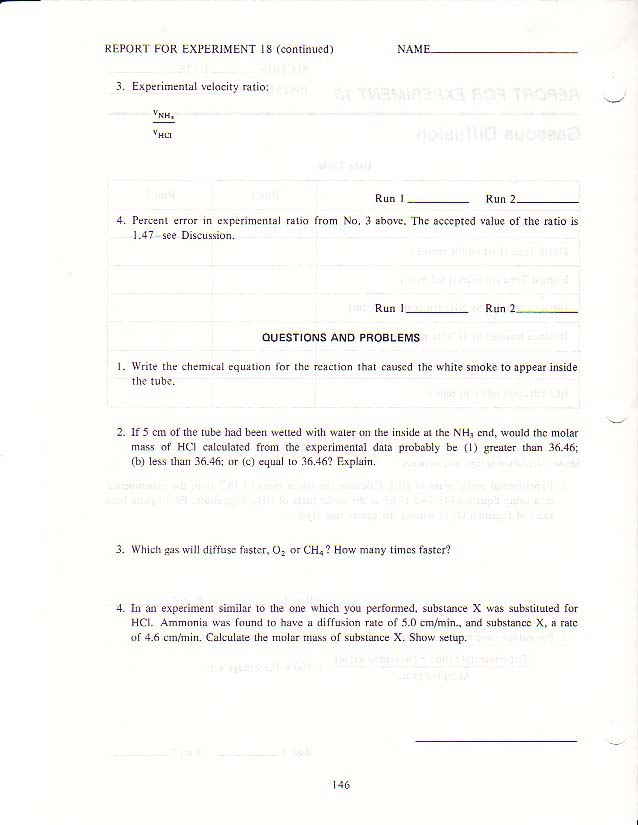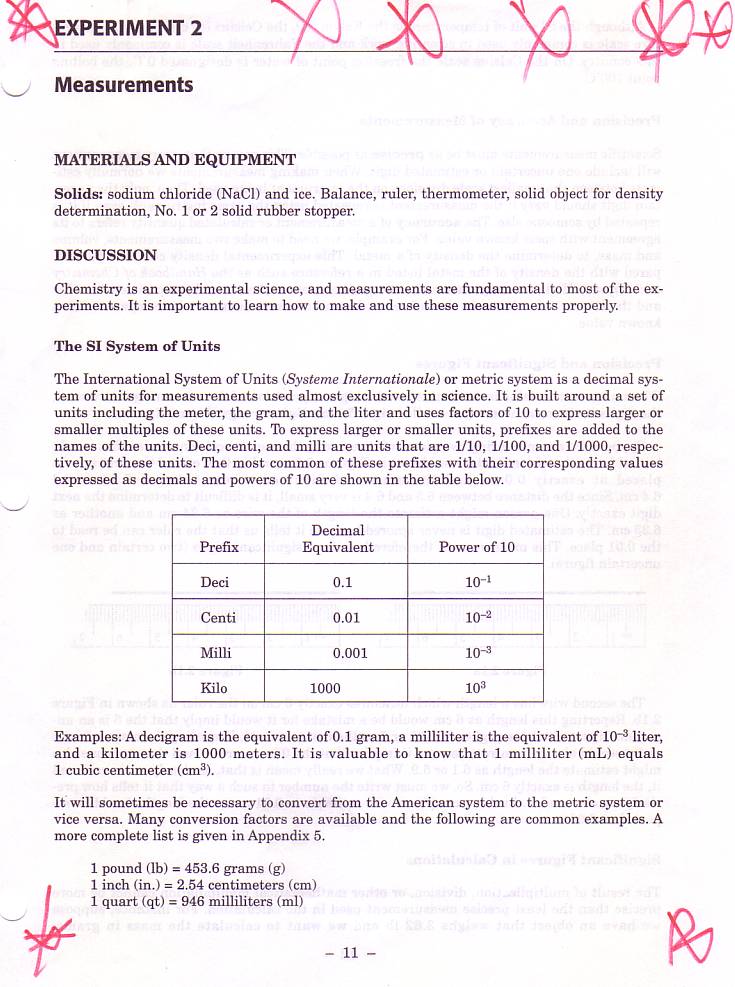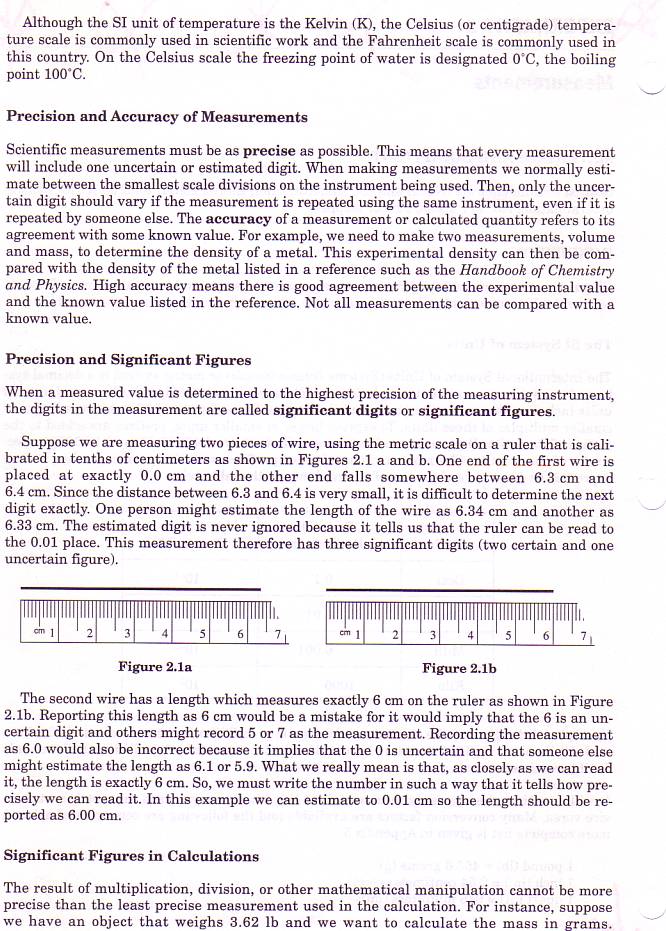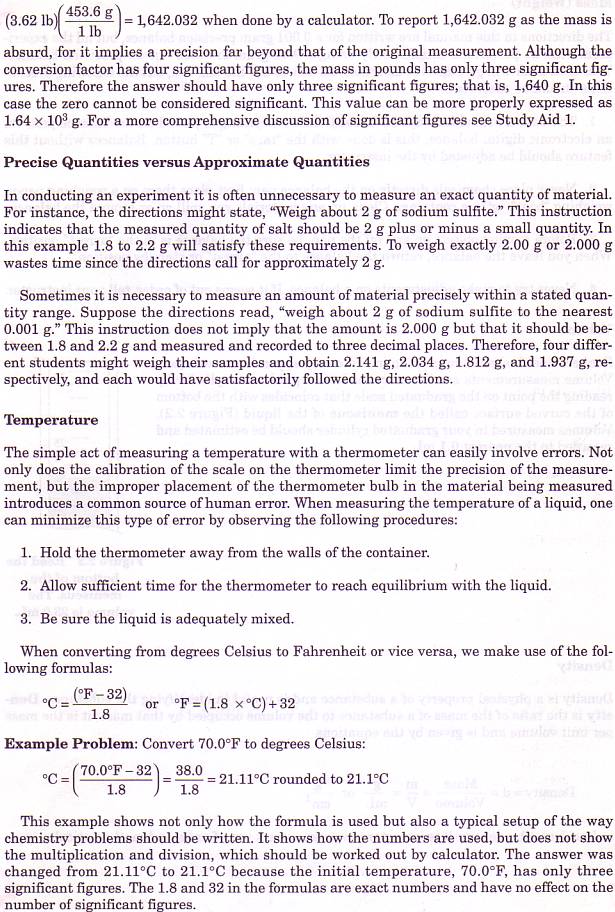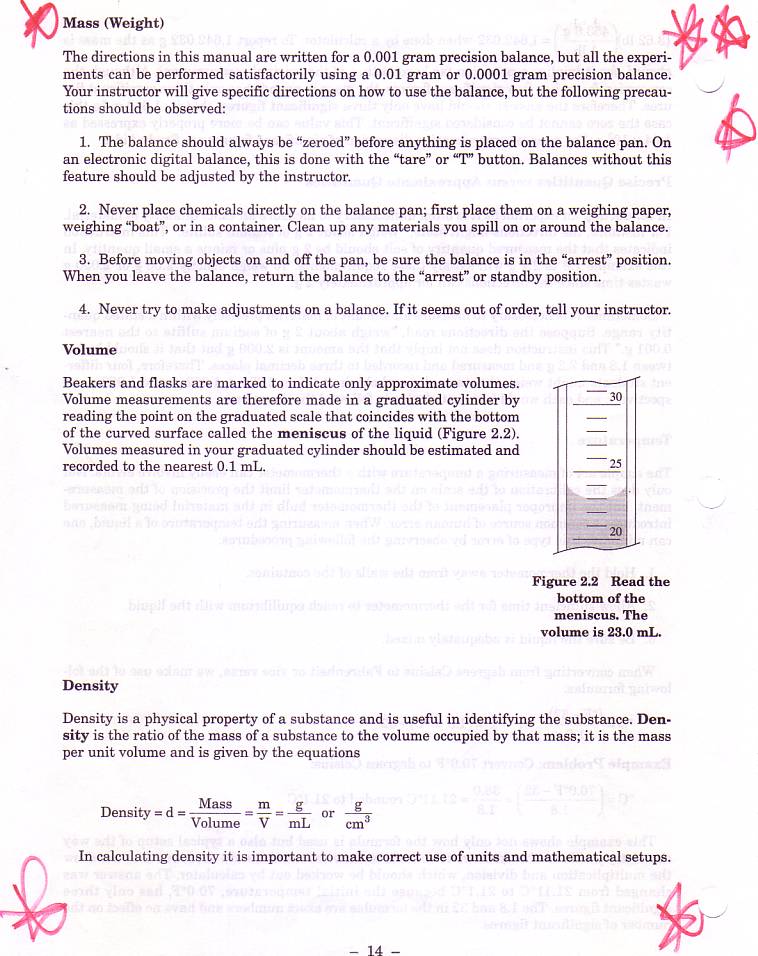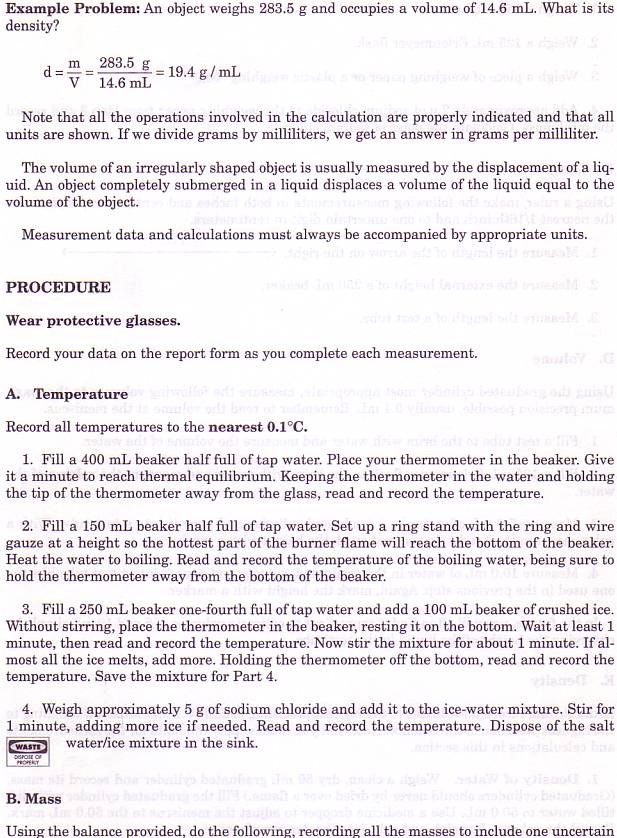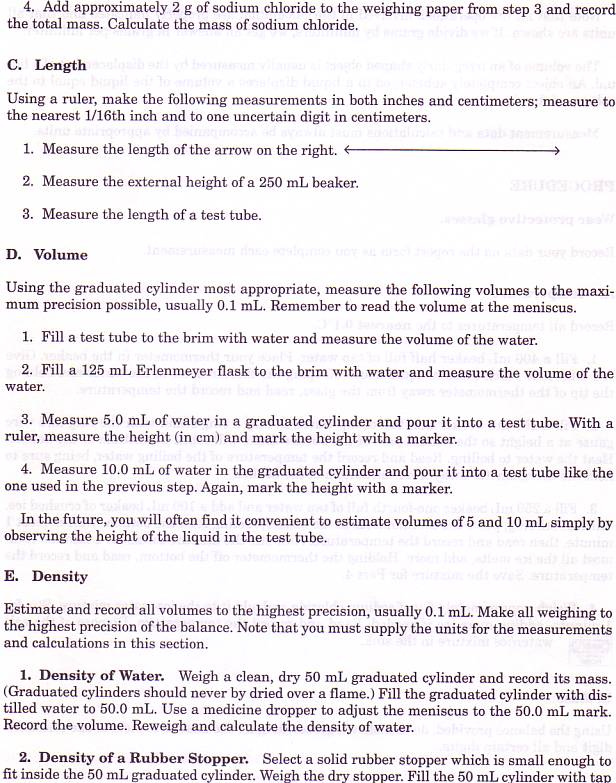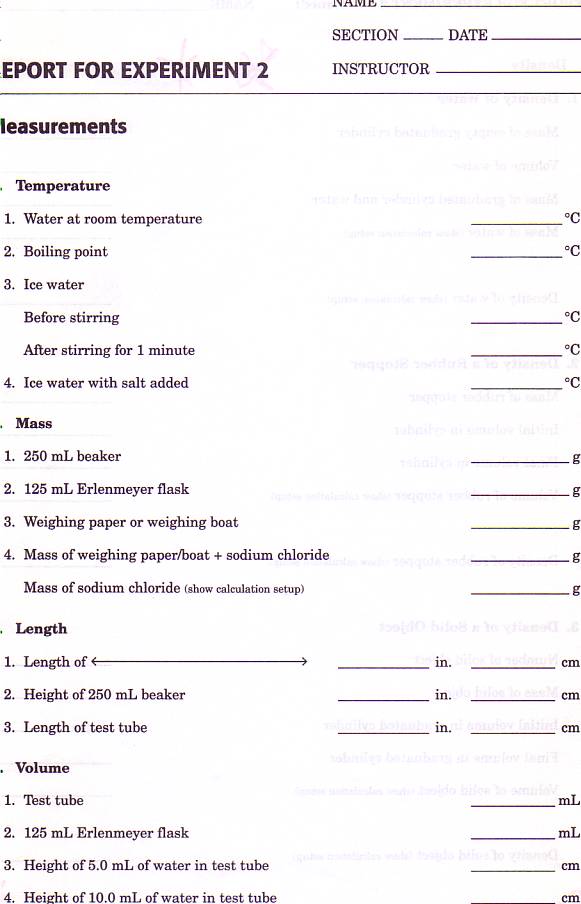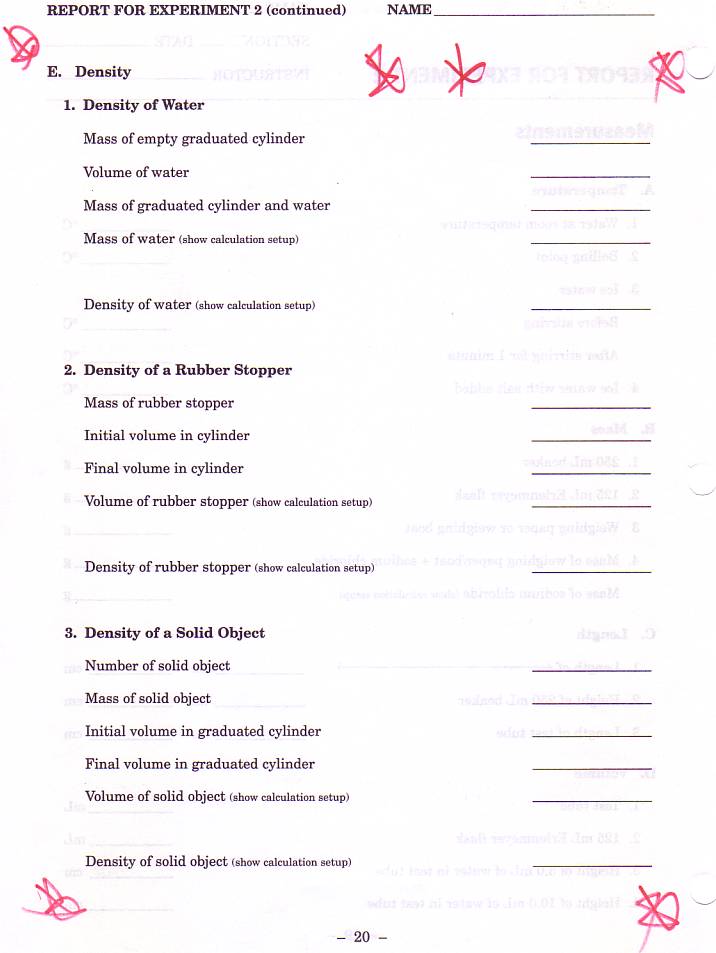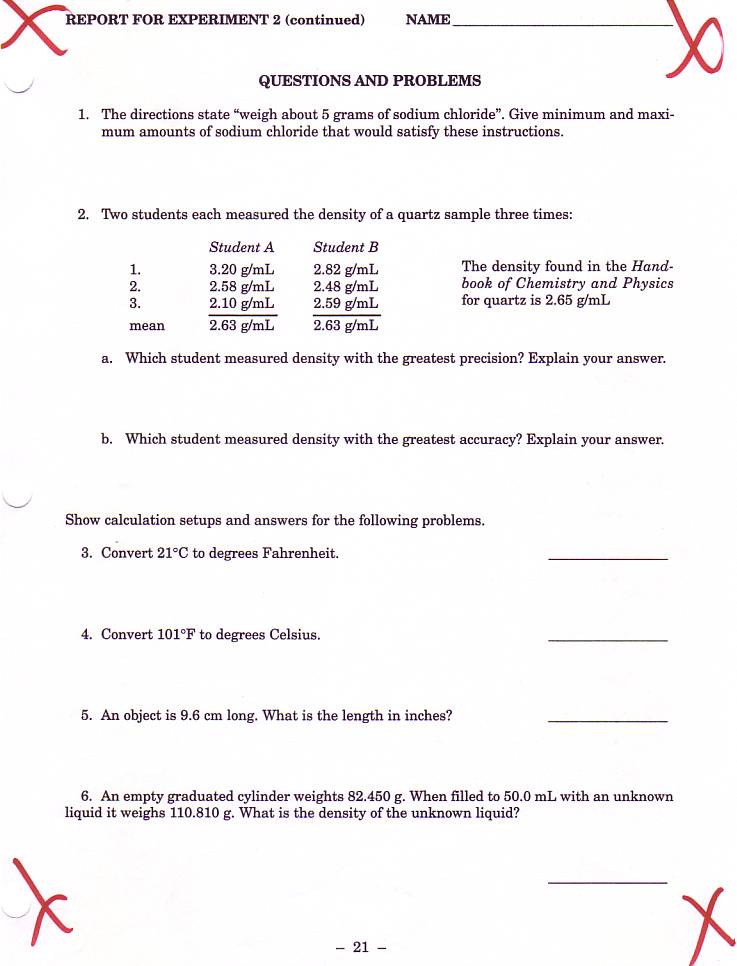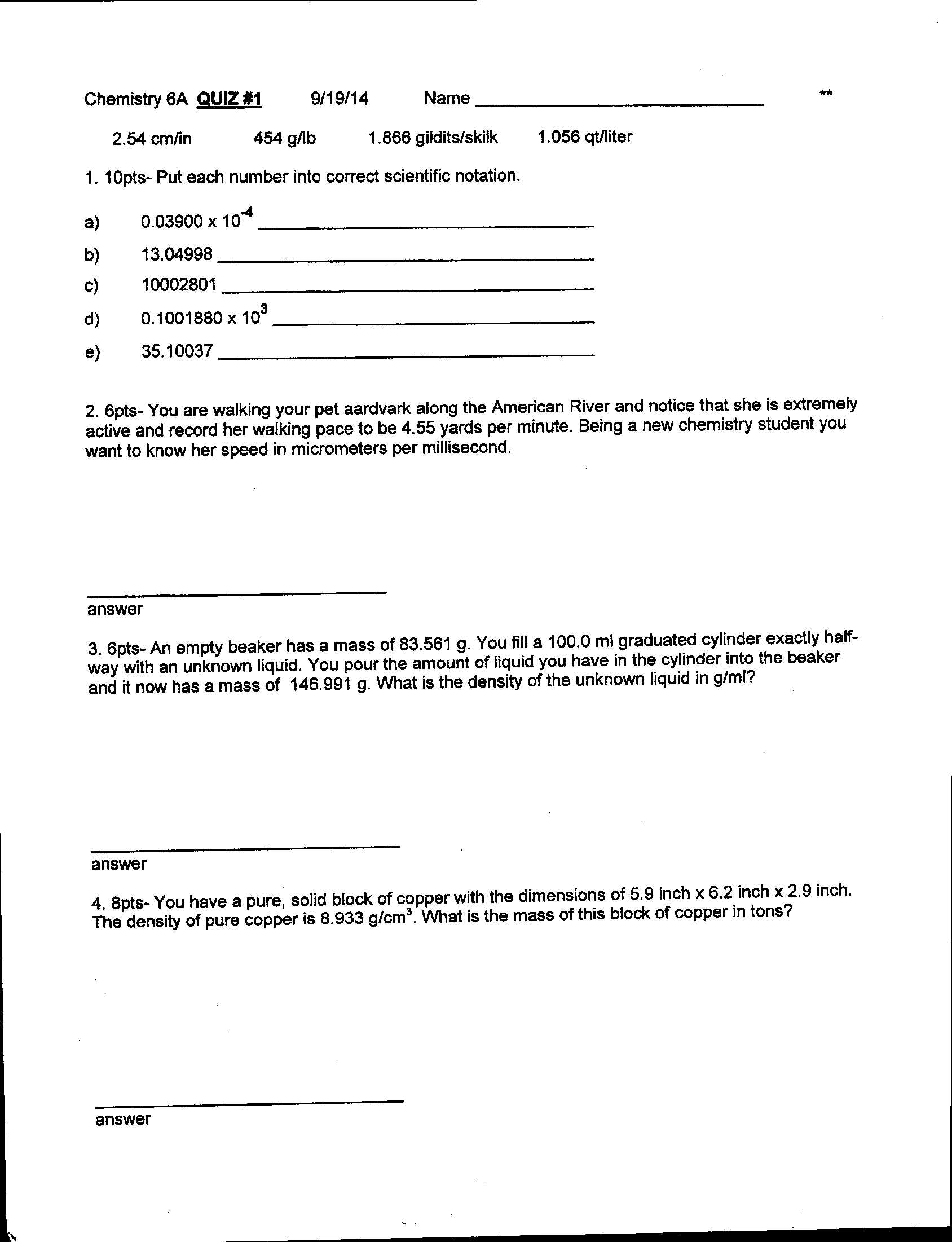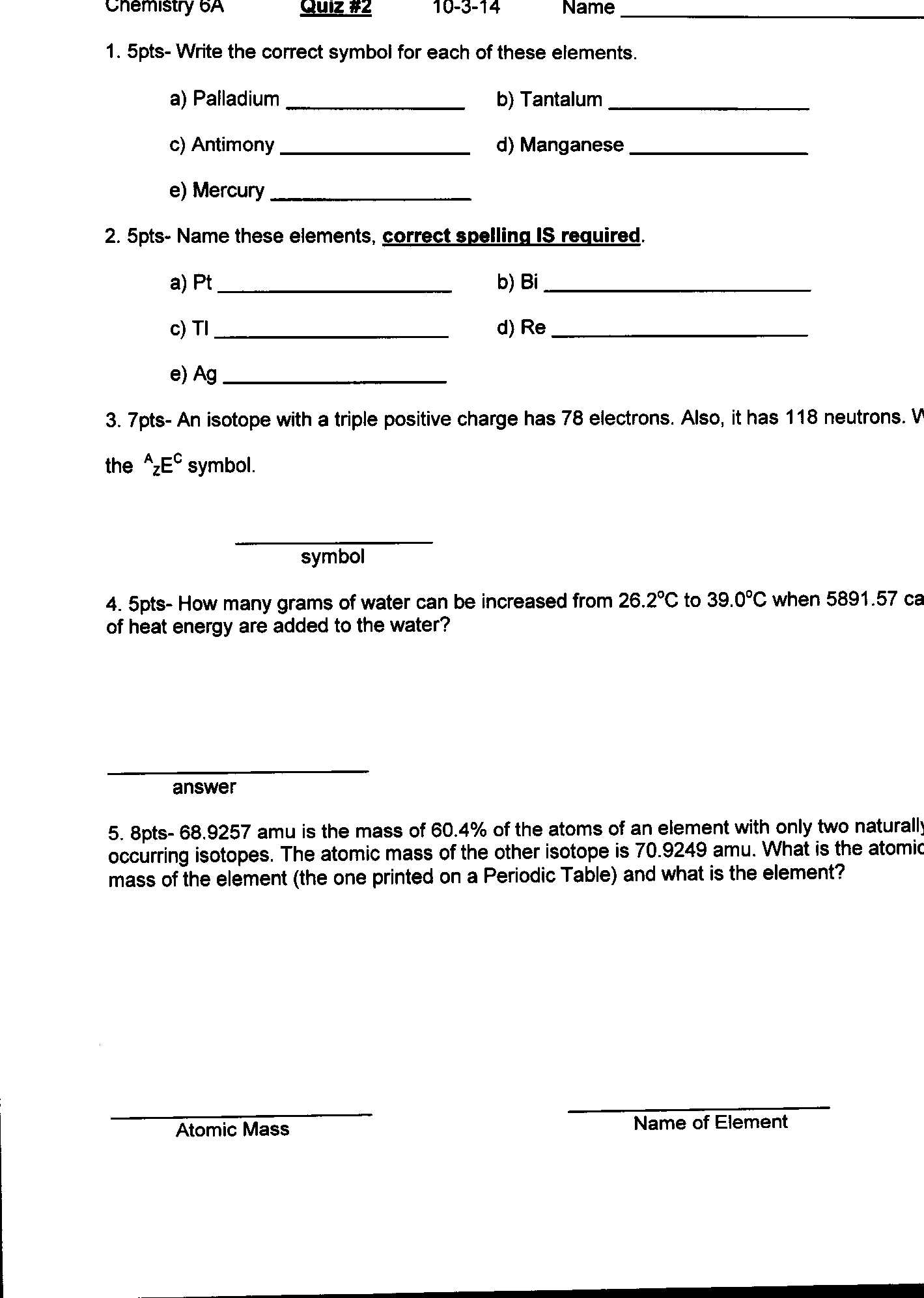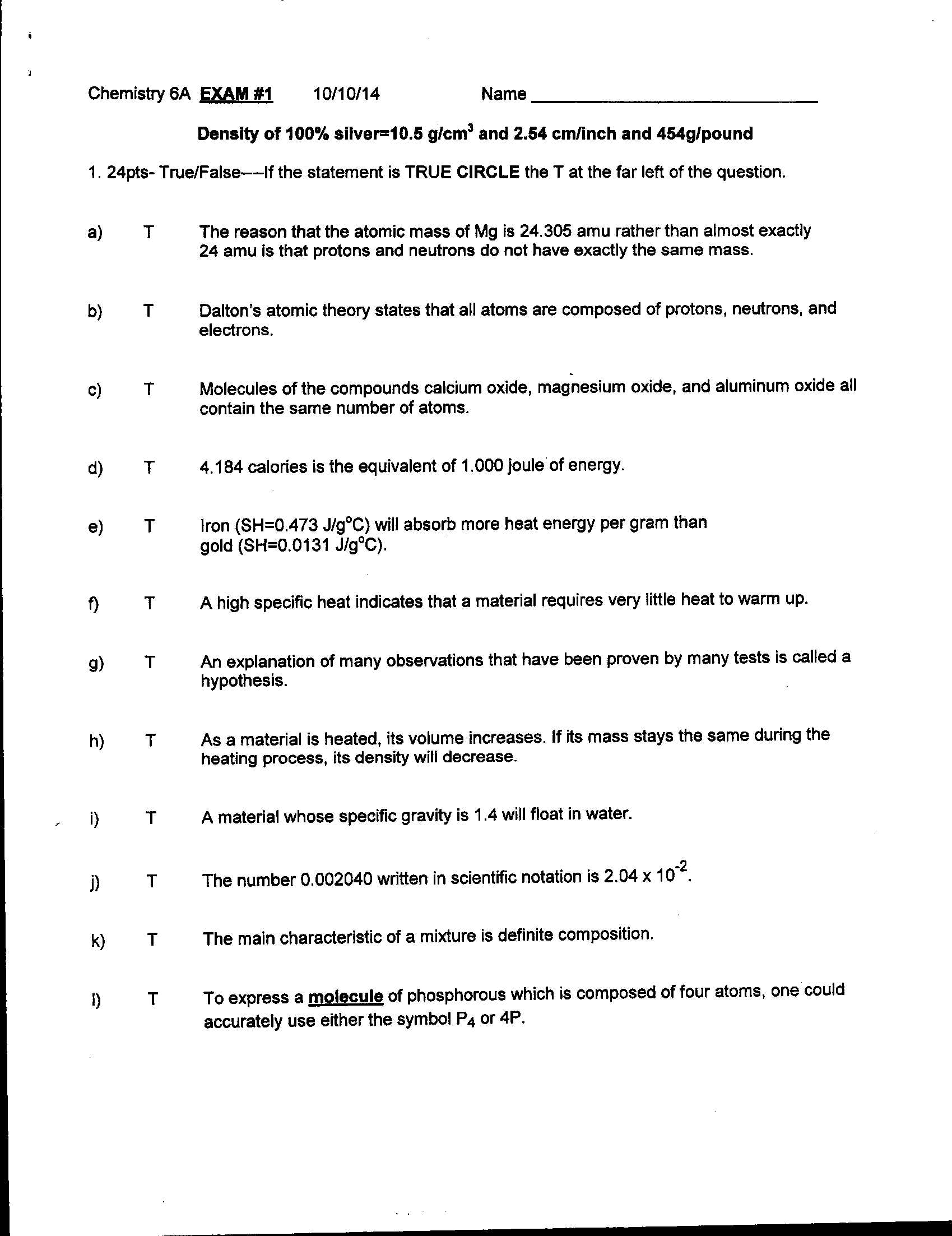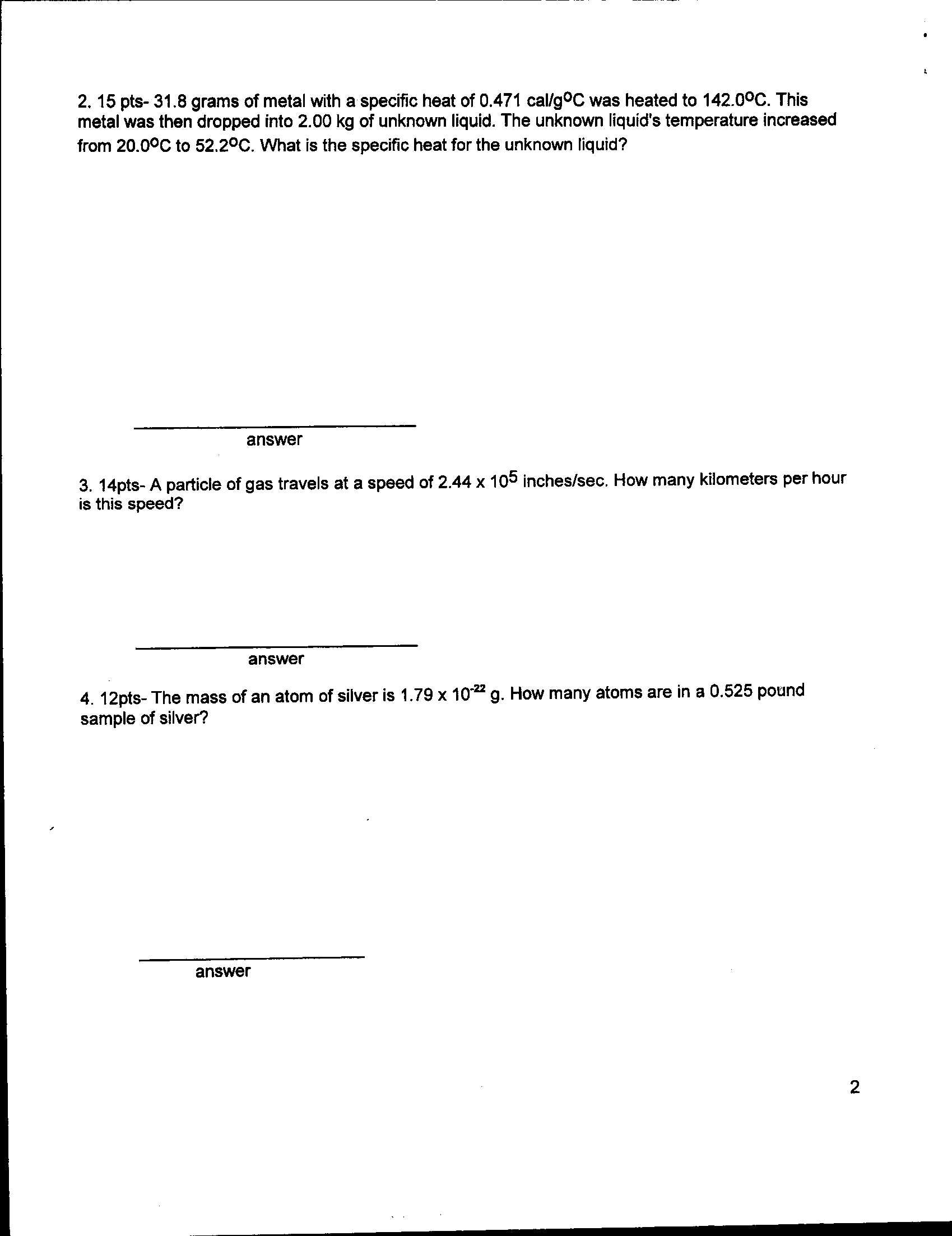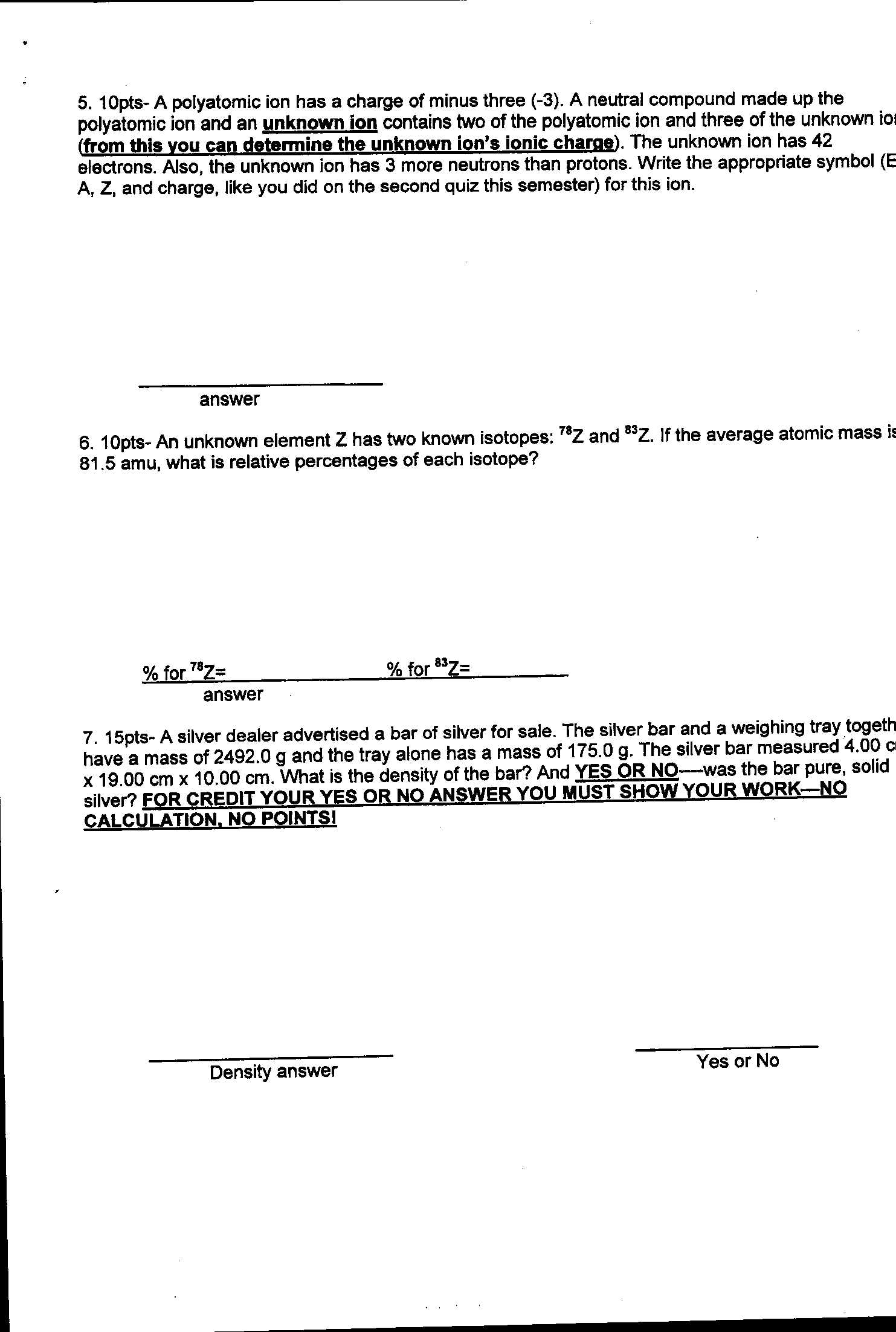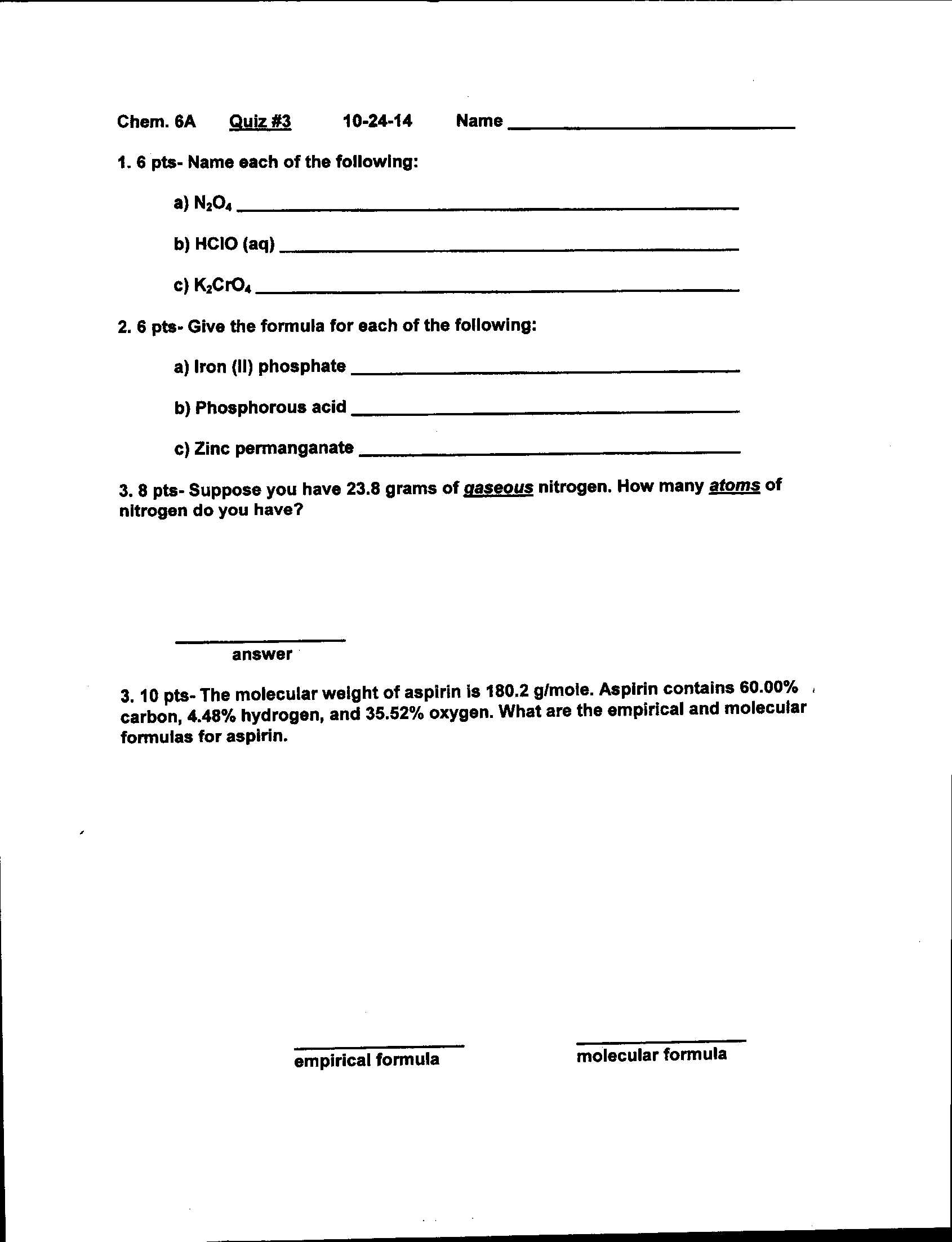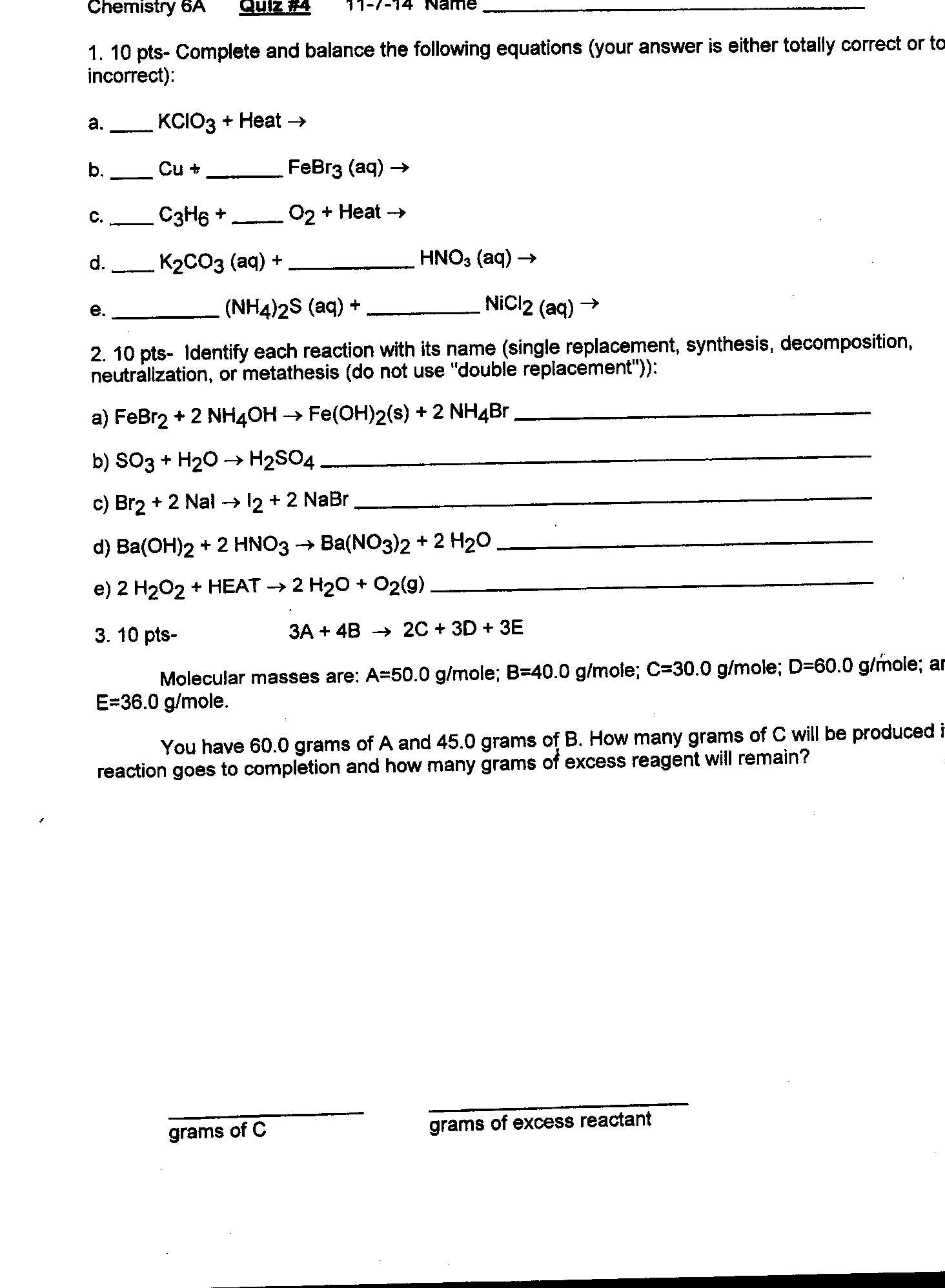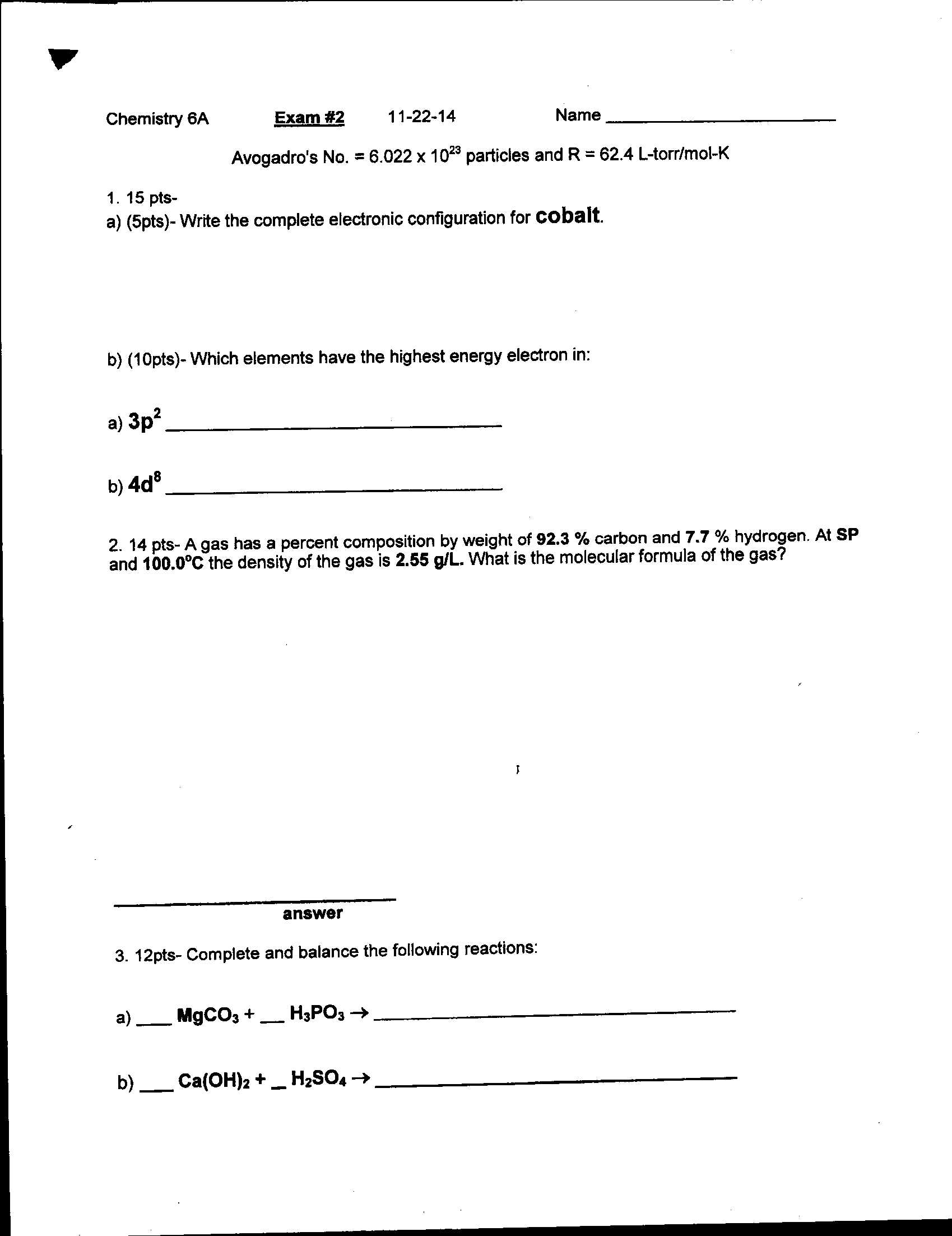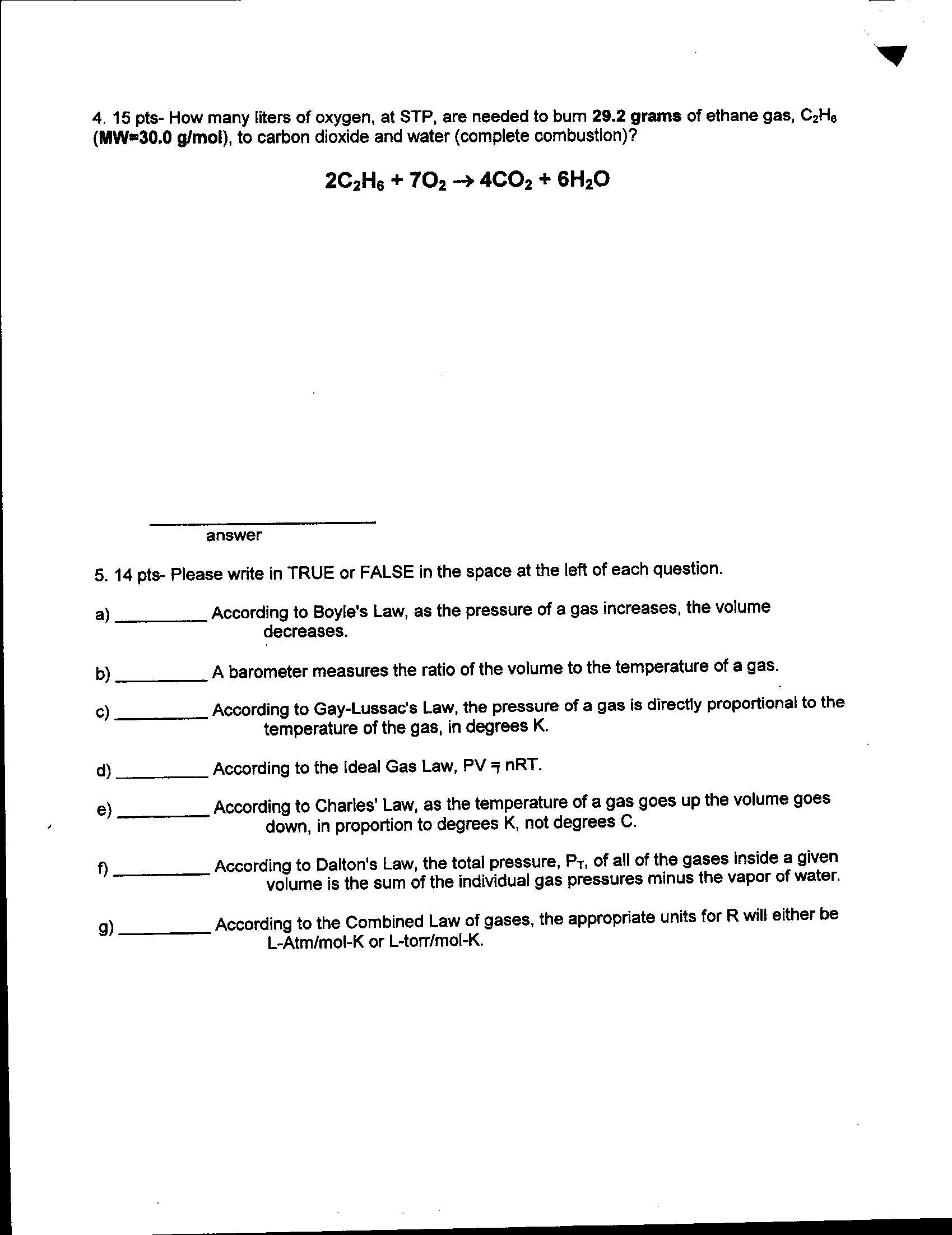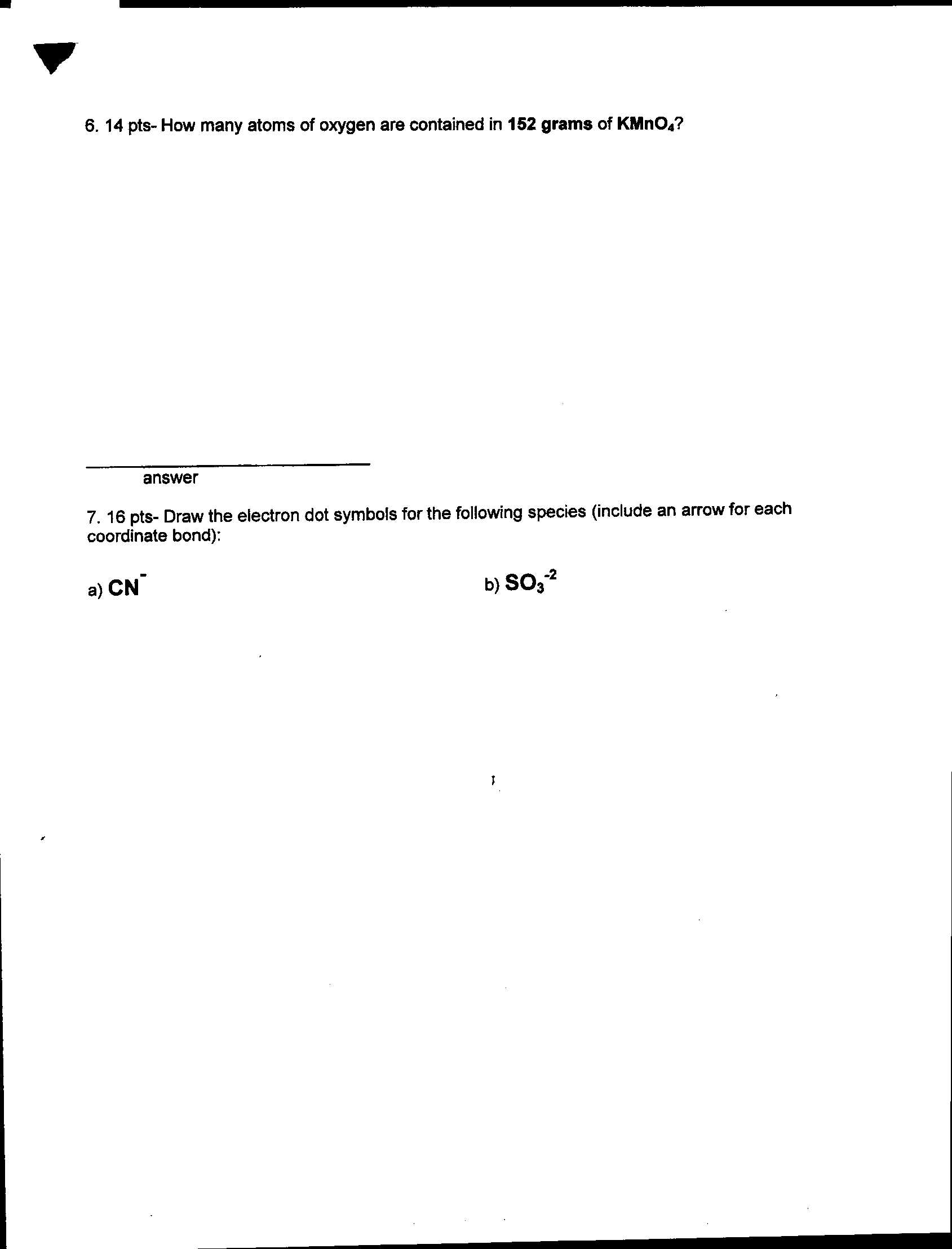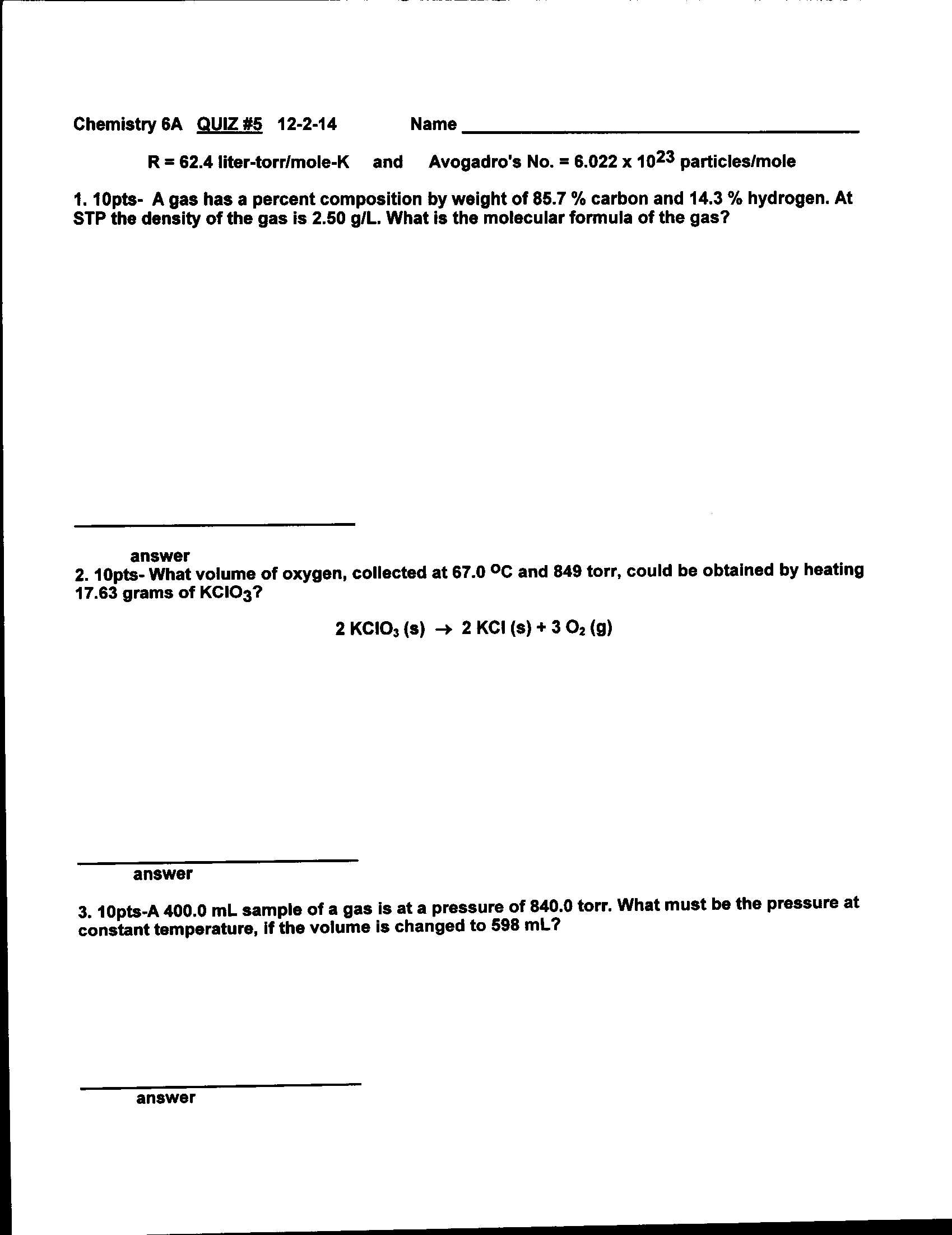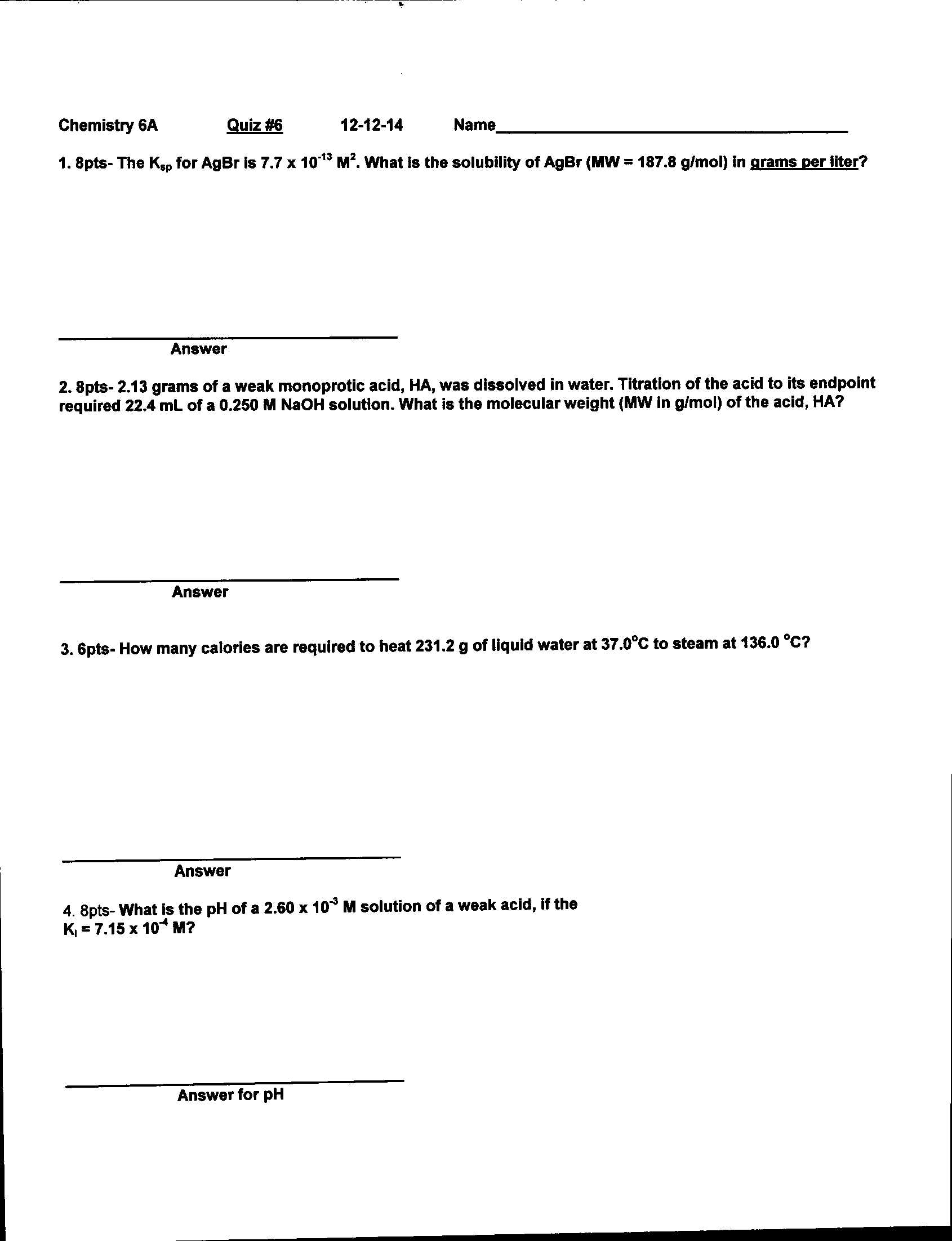 CHEMISTRY
6A--Ritchey
CHEMISTRY
6A--Ritchey
Introduction to General Chemistry
Last Updated: AUGUST 12, 2015
Welcome to the Chemistry 6A homepage on the
World Wide Web. These ePages provide supplemental
information for our course taught by me, Professor James M. Ritchey at
![]() Lecture
Meeting Information and Location: MWF 9:00AM to 9:50 AM in MARIPOSA HALL-1000
Lecture
Meeting Information and Location: MWF 9:00AM to 9:50 AM in MARIPOSA HALL-1000
![]() Text: Introduction
to General, Organic, and Biochemistry, by Hein, Pattison, and Arena
(11th Edition--most common version is a paperback)
Text: Introduction
to General, Organic, and Biochemistry, by Hein, Pattison, and Arena
(11th Edition--most common version is a paperback)
![]() Course
Contact: My office is SQU-428C, Office Hours: MWF--10:00 AM to 11:00 AM or by
scheduled appointment at other times. My office telephone number is 278-7654
and my email address is ritchey@csus.edu.
Course
Contact: My office is SQU-428C, Office Hours: MWF--10:00 AM to 11:00 AM or by
scheduled appointment at other times. My office telephone number is 278-7654
and my email address is ritchey@csus.edu.
![]() Course Syllabus:
Course Syllabus:
Course
Description:
“Chemistry” will be presented in a clear, engaging manner that will stimulate
students to further their scientific knowledge as they prepare for their future
careers. The principles and facts of general chemistry will be presented and
discussed (including: measurements, atomic and molecular properties and
structures and the classification of matter, inorganic nomenclature, chemical
equations, stoichiometric calculations, chemical
bonds, gas laws, liquids and solutions, acids and bases, equilibrium reactions,
and oxidation/reduction). The scientific method will be utilized to convey the
concepts of chemistry. To develop problem-solving skills, many of the concepts
are introduced, developed, and practiced via algebraic manipulations.
Prerequisites: No college
prerequisites are required to enroll in Chemistry 6A. High school chemistry and
algebra are recommended, but not required.
Learning Goals: For those
who have never experienced “chemistry,” the discipline can be viewed as a type
of “foreign language.” As with any “foreign language,” in order to read and
speak the “foreign language” it is necessary to memorize the “alphabet,”
certain critical “words,” and sentence construction rules, or in the case of
chemistry, specific chemical facts and rules. However, a systematic approach to
applying those chemical facts and rules in solving chemical problems is
stressed. Seeing “how” and “why” a particular chemical problem is solved and
what “units or dimensions” should be in the final answer are at least as beneficial,
and often more so, than the actual numeric answer. Although other goals may
exist for each individual student, several worthwhile goals for Chemistry 6A
include: 1) learning and appreciating the “scientific method” and being able to
apply it to both theoretical/actual chemical situations and “real-life”
non-chemical problems; 2) understanding the “basic chemical building blocks” of
atoms and molecules and the types of forces that hold together or stabilize
their structures; 3) becoming proficient in writing chemical equations that
express, in a shorthand manner, what products are generated, under given
conditions, from specific starting reactants; 4) becoming familiar with the
basic states of matter and the energies related to cooling, heating, and converting
one state of matter to another; 5) comprehending the role of the electron in
oxidation/reduction reactions; and 6) becoming familiar with not only the
“acid/base” relationship, but how this relationship constantly appears in
everyday life.
Required Writing Component: Chemistry 6A
is listed in Area B, Sub areas B1 and B3 of the G.E. Program. Area B, Sub area
B3 requires that a writing component be included in the course. Hence, a
writing component is included within the laboratory portion of Chemistry 6A.
Specifically, the writing component is found in two areas of the laboratory
experience.
First, before each laboratory is performed a
laboratory purpose and procedure summary is to be submitted. The summary presents
the general purpose of the laboratory experiment and highlights the steps you
will perform in the laboratory. The summary is turned in at the beginning of
the laboratory period to which the summary applies. Correct spelling and proper
grammar are required in the summaries. The summary is to be your work and not
that of a partner or a joint effort with other fellow students.
Second, each laboratory is
completed by submitting a written laboratory report the week following the
experiment. Several short answer questions and problems are posed in each
laboratory description and must be answered in the report. A complete answer
contains two elements; 1) the appropriate scientific explanation and 2) one or
more grammatically correct sentences presenting the appropriate scientific
explanation, rationale, or necessary information.
![]() Schedule and Grading
Schedule and Grading
Approximate Lecture Schedule
Week
Of:
Monday
Wednesday
Friday
8/31
Intro. & Pretest
Chapt.
1 & App. 1
Chapts. 1 & 2
9/7
Labor Day-Closed
2
2
9/14
3 & 4
3 & 4
Quiz #1
9/21
4
4 & 5
5 & 6
9/28
6
6
Quiz #2
10/5
7
7
Exam #1
10/12
7
8
8
10/19
9
9
Quiz #3
10/26
9
10
10
11/2
11
11
Quiz #4
11/9
11/12
Vet Day-Closed
12
11/16
12
13
Exam #2
11/23
13
15
Thanksgiving-Closed
11/30
Quiz #5
15
15
12/7
16
16
Quiz #6
12/14
Final Exam is Wed. the 16th (8-10AM)
Grading:
Lecture; 75% (550.00pts) Two Exams (100pts each), your best five
of six Quizzes (30pts each), and the CUMULATIVE Final Exam (200pts).
Lab; 25% (183.34pts) All lab totals will be scaled to this point
value as a maximum for a perfect score.
Grades: 90% of
the total high score=A range
78% of the total high score=B range
65% of the total high score=C range
55% of the total high score=D range
![]() Homework
Problems
Homework
Problems
These problems are from Introduction to General,
Organic, and Biochemistry by Hein, Pattison, and Arena.
(11th Edition)
Chapter
Problems (Paired and Additional
Exercises)
2. Odd numbered problems from #1 to #63
3. Even numbered problems from #2 to #36
4. Odd numbered problems
5. Even numbered problems
6. Even numbered problems
7. Odd numbered problems from #1 to #61
8. Odd numbered problems
9. Odd numbered problems
10. Odd numbered problems from #1 to # 59
11. Even numbered problems from #2 to #58
12. Starting at #3, every third problem
(i.e. 3, 6, 9………..)
13. Odd numbered problems to #56
14. Even numbered problems to #54
15. Odd numbered problems to #50
16. Every third problem (i.e. 3, 6, 9………) to #60
17. Even numbered problems
These problems will be collected but not graded.
I will record that you turned in the assigned problems. Summary answers are at
the end of the textbook and detailed answers will be posted.
![]() Chemistry (University) Drop Policy: See the current University Catalog.
Chemistry (University) Drop Policy: See the current University Catalog.
![]() Laboratory Schedule:
Laboratory Schedule:
Laboratory Room: SQU-444
Laboratory Text: Introduction to GOB in the Laboratory by Hein, Peisen, and Ritchey (10th Edition)
Week Of:
Laboratory Assignments
8/31
Check-in and general introduction to the lab and to safety
9/7
No labs this week (Labor Day)
9/14
Expt. #2- Measurements (individual)
9/21
Expt. #3- Preparation of Oxygen (individual)
9/28
Expt. #4- Preparation of Hydrogen (individual)
10/5
Expt. #7- Water in Hydrates (individual)
10/12
Expt. #10- Composition of KClO3 (individual)
10/19
Lab Exam (200pts) over the first five experiments.
10/26
Expts. #11 & #12- Single and Double Replacements (partners)
11/2
Expt. #17- Lewis Structures and Molecular Models (individual)
11/9
No labs this week. Vet's Day
11/16
Expts. Gas Diffusion on my web page & #19- Gas Laws (partners)
11/23
No labs this week. Thanksgiving Recess.
11/30
Expts. #22 & #23- Neutralization/Titration (partners)
NOTE:
All lab
experiments must be performed and written up. Failure to do so will result in a
failing grade for the entire course.
All experimental reports are due at the beginning of the
following lab period. There is a 10% penalty for each late day. Reports more
than five days late will receive a maximum of 50% of the original 100pt score. Prelab write-ups are due at the
beginning of each week’s lab.
Be sure you use INK when you record data and fill in
your lab reports.
SAFETY GOGGLES, LAB COAT, AND GLOVES MUST BE WORN AT ALL TIMES WHEN IN THE
LABORATORY AND CONTACT LENSES ARE NOT ALLOWED TO BE WORN IN THE LABORATORY!
![]() Prelab Assignment Example:
Prelab Assignment Example:
EXAMPLE OF
PRELIMINARY LAB ASSIGNMENT
Name: Dibblecroft J. Sneedwax
Section: 9999
Date: January 1, 2121
The subject experiment is designed
to illustrate two main concepts. First, the process of freezing a substance is
to be investigated by studying the temperature of a liquid or solid as a
function of the length of time that liquid or solid is held within a test tube
that is itself held within a beaker of ice. Second, to better understand the
useful procedure of graphing experimental data, the experimentally observed
temperature and time data are to be plotted to produce a graphical
representation of the freezing process.
Important points to note during
procedure:
1. Use only clean and
dry equipment.
2. Read and record all
temperatures to the nearest 0.1oC
Steps in experiment:
1. To the indicated position on the ring
stand, clamp the 18 X 150 mm test tube.
2. Assemble the slotted
cork and thermometer into the correct configuration in the test tube.
3. Obtain and pour 10.0
ml of glacial acetic acid into the ring stand mounted test tube and adjust the temperature
of the acetic acid to approximately 25oC.
4. Position a 400 ml
beaker that is filled with an ice-water mixture under the clamped test tube.
5. Record a temperature
for the acetic acid that corresponds to a 0.0 minute reading and then lower the
clamped test tube into the ice bath so that all of the acetic acid is below the
surface of the ice water.
6. With constant
stirring by motion of the thermometer, record the temperature of the acetic
acid every 30 seconds. Stop stirring when crystals begin to form within the
acetic acid.
7. Continue recording
the temperature at 30 second intervals until a total of 15 minutes has elapsed.
To maintain a constant ice bath temperature, the ice water is occasionally
stirred.
8. Place the test tube,
with the thermometer still within the acetic acid, in warm water to melt the
frozen acetic acid. Keep this liquid for additional experiments.
9. Weigh 0.450 g of
benzoic acid and place the benzoic acid into the acetic acid containing test
tube from above. Stir the acetic acid-benzoic acid mixture until the benzoic
acid dissolves.
10. Using a fresh ice
bath, repeat steps four through 7 for the acetic acid-benzoic acid mixture.
![]() Scanned-In
Lab Experiments
Scanned-In
Lab Experiments
![]() Gas Diffusion
Experiment
Gas Diffusion
Experiment
